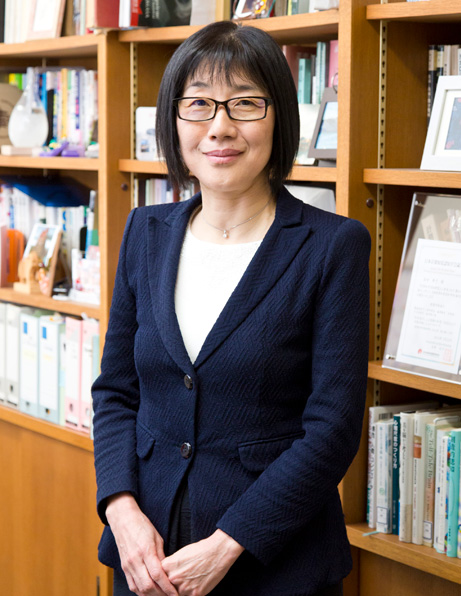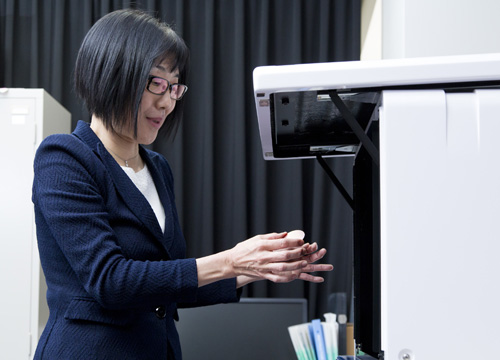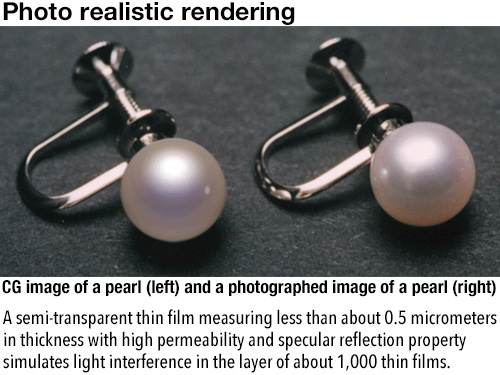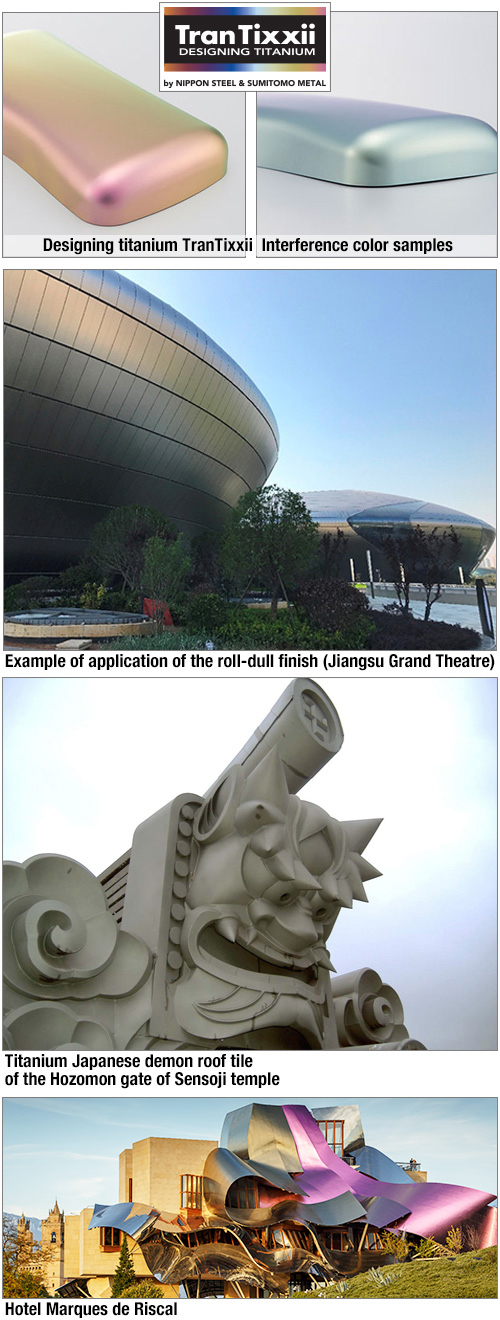To put it briefly, the study is conducted to scientifically understand human emotions. When creating a product, how can it gain sympathy from consumers and impress them? I am working on the study to approach the issue from the properties of an object and quantify and model the relationship between emotion and physicality.
Well, the most recent case was a joint research project with a cosmetics maker. For example, the phrase “transparent skin” is one of the keywords that express a beautiful skin, while there was no clear definition of the word.
So, we collected words to express impressions of natural skin and made-up skin and modeled them. As a result, we found that there is a difference in the meaning of transparency between the two types of skin. For natural skin, visual information, such as natural feel and fine texture, determines the skin’s transparency. On the other hand, when it comes to skin with make-up, elements appealing to the sense of touch such as mild and smooth textures strongly make people feel the transparency of the skin.
The fact that people feel differently about transparency between natural skin and made-up skin was a major discovery for us. With the study results in mind, the cosmetics maker built the concept of “transparency in the sense of touch”, and developed a new powder foundation.
I joined an electric maker in 1988, and was engaged in the development of surface flaw inspection apparatus for steel materials, among other tasks. However, it is a very difficult task, because its evaluation largely relies on human feelings and emotions. For example, products with flaws are not always rejected, but small flaws on patterned areas are accepted. Therefore, it is impossible to uniformly make such judgements using a computer. When I was wondering how to resolve the issue, I came to know the Kansei engineering advocated by Seiji Inokuchi, who taught at Osaka University at that time. I was very interested in the study because I had never heard of such a study that is aimed at scientifically approaching human emotions to use them for manufacturing.
Around that time, a pearl maker consulted me on whether I could make a pearl appraisal device. A pearl is about 0.5-millimeter thick and made from about 1,000 thin layers. Each individual layer reflects light. Since light has the same properties as a wave, the lights strengthen or negate each other, which creates the beautiful colors unique to pearl, such as pink and green. The phenomenon is called thin film interference, and how the colors are produced is one of the factors to determine the value of a pearl.
In order to develop such an appraisal device, it was necessary to define the beauty of a pearl. So, to begin with, I conducted hearings on pearl appraisers to collect words concentrating on the emotions of experts, including those related to twists, shininess, and modesty (laugh). Then, I started with creating a value model of pearl based on the words, although I was told by my superior that I should not conduct such unprofitable work at that time (laugh). However, I managed to complete an appraisal device. This experience led me to decide to fully study the Kansei engineering. So, I studied under Prof. Inokuchi and obtained a PhD at age 35.











